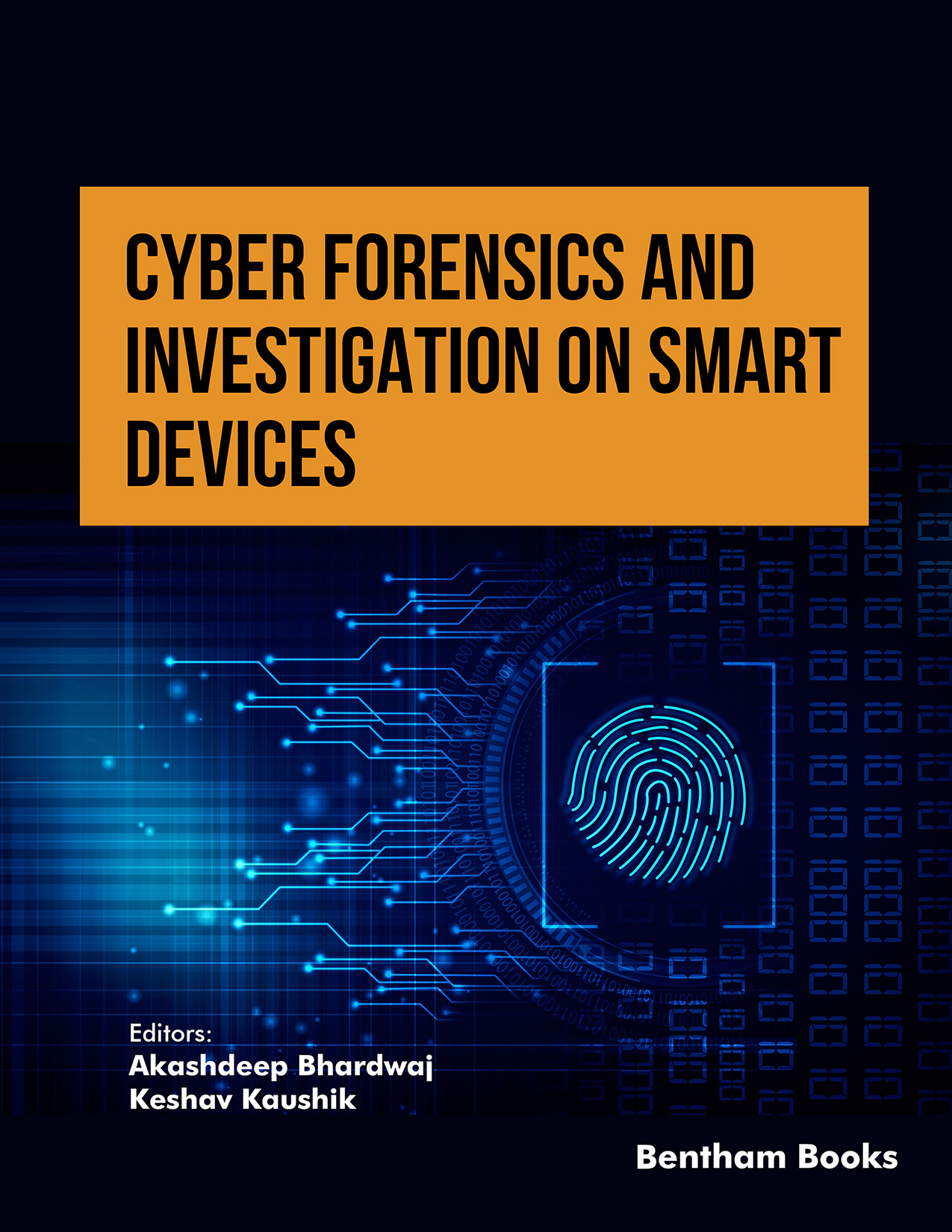Smart devices are now being commonly used by everyone in their daily lives for routine activities. These smart devices enable us to connect with others (smartphones), have driverless cars (smart cars), secure our buildings (smart locks), remotely control appliances in our homes (smart homes), and remind us to do things and do things for us (smart assistants like Alexa and Siri). At the personal level, wearables enable us to use these smart devices on our bodies and wear them like accessories or embedded in our clothing or implanted in our bodies. For example, we wear smartwatches and fitness trackers to keep track of our physical activities, our heart rate, and our quality of sleep. For healthcare, we use wearables to measure our temperature, blood pressure, breathing rate, blood sugar level, heartbeat rate, and brain activity and monitor our vital signs. Smart devices and wearables have become pervasive, but they need Internet or Network connectivity and Internet of Things infrastructure.
As smart devices, wearables, and implantable technologies get more traction in healthcare, we need to be mindful of their security because of their connectivity to the Internet. For example, pacemakers now have built-in WIFI connectivity for any adjustments that are required in the future. Next-generation cardiac wearables and other implantables will integrate into Wireless Body Area Networks (WBAN). Specialists will sit at their desktops, connect to these implantables via the WIFI, and make adjustments. Such connectivity poses security risks, and these risks are not only monetary losses but also losses of life if the implantables are sabotaged. Therefore, the security issues of these devices through cyber forensics and investigations are thoroughly explored in this edited book. The vulnerability of these devices is mostly during data transmission to the cloud or the owner’s personal device with which it is paired. Blockchain-based security controls are now being implemented with two-factor authentication (2FA) by most device makers to mitigate against such security vulnerabilities.
As lives are at stake, we need to have a foolproof process to investigate and ascertain the intent of the cyber attackers and potential sabotages while gathering evidence to prosecute them and defend the devices from future attacks. The cyber forensics and investigation process is ideal as it allows investigators (depending on which standard you follow) to identify, obtain, process, and analyse data to report about the security incidents that took place to management for mitigation action and authorities for prosecution. As the smart devices are part of a network or connected via a wireless network, network monitoring is possible, and all the cyber security protocols can be applied to these smart devices, logs can be inspected, and all activities monitored for forensics. The cyber forensics and investigation process will encourage the adoption and use of smart devices such as the Internet of Things (IoT), Internet of Everything (IoE), and Internet of Bodies (IoB) to become pervasive. All these devices and things will sense, collect, process, and store huge amounts of data (big data) and will create unprecedented opportunities for us to investigate the evidence through the discipline of cyber forensics.
This book on cyber forensics and investigation on smart devices is a timely publication as we undergo digital transformations. Smart devices, wearables, and implantables are getting cheaper, powerful, and are able to handle many processes with network connectivity. With the proliferation of Internet of Things (IoT) devices, the attack surface area has dramatically increased for hackers and the threat surface area has significantly increased for cyber security specialists. This book covers the architecture, deployment problems, applications, data processing, storage, and review of Internet of Things (IoT) protection and privacy problems in a cloud-based approach. The main idea behind this book is to give a practical guide to readers that will cover the advanced tools and techniques used in the domain of cyber forensics and investigation. I hope the readers find the book inspiring and gain a working knowledge of cyber security issues facing smart devices and the mitigation solutions that can be applied to prevent breaches. It is evident that smart devices will become ubiquitous and will become indispensable. The best we can do is learn to live with smart devices by identifying cybersecurity issues and mitigating them.
Sam Goundar
RMIT University
Melbourne
Australia

